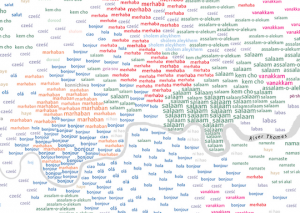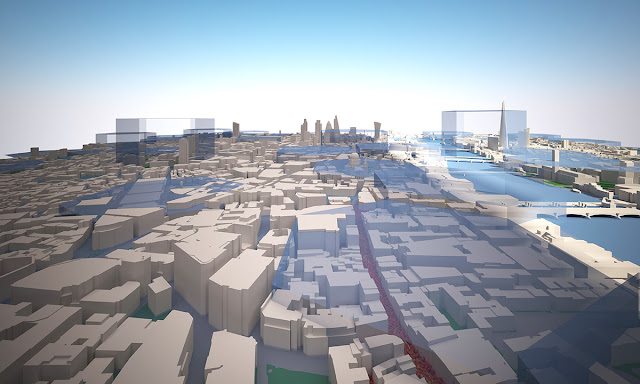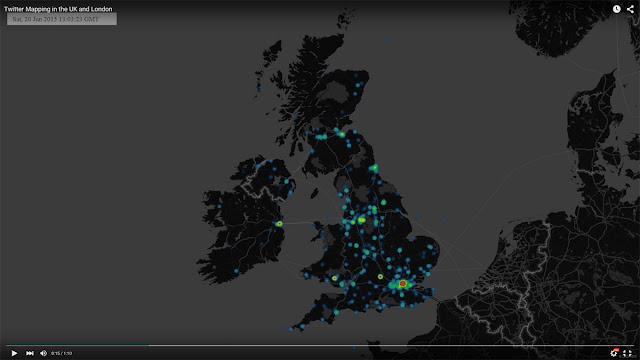Book – Landscape Observer: London, on Pops and Democracy
London has seen a boom in inner-city developments over the past five to ten years. Large areas have been transformed, become densified in many ways and existing development has been replaced to make way for huge investments. Along it came a number of …
Continue reading »











































